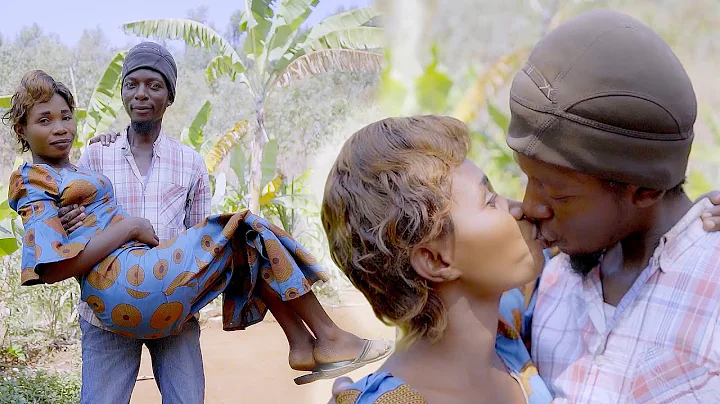Before introducing this species today,
let us first list a few keywords for it:
polyandry, eldest wife, and younger husband.
When you see these words, do you think to yourself:
Wow, she is a model of independent women in the new era!
In fact, not only that, this species has simply staged a "matriarchal society" drama.
It is - water pheasant .

How to identify the water pheasant?
Remember these two characteristics.
Feature 1:
The toes are extremely long, like a forked dead branch.
The slender toes can better distribute the weight of the body,
allowing the water pheasant to walk lightly on water lilies, lotus, water chestnut , Gorgon fruit and other floating leaf plants.
▼ Water pheasant with slender toes|Photo by Fu Meng

▼ Water pheasant with slender toes|Photo by Dai Pin

▼ Water pheasant with toes like dry branches|Photo by Dai Pin

Feature 2:
The back of the neck is golden in summer and winter The back of the neck is dark brown.
Water pheasants will enter the breeding season at the end of April every year, and
will end at the end of August.
During the breeding and non-breeding periods,
their feathers will also have many detailed differences.
The overall color of the breeding feathers is bright and distinct,
The overall color of the non-breeding feathers is dim and somewhat gray,
The easiest way to tell is to Look at the back of the neck.
The back of the neck is bright golden yellow during the breeding period, and
is dark brown during the non-breeding period.
▼ The golden-colored water pheasant on the back of the neck|Photo by Fu Meng


You know what the water pheasant looks like,
So, How to distinguish the male and female water pheasants?
Female water pheasants and male water pheasants first have differences in body shape.
The female is larger and the male is smaller,
so the male pheasant is often the one that the little bird clings to.
Perhaps she has an innate advantage in size.
The female water pheasant also has a particularly distinguished status in the group.
Family rules maintain the female water pheasant's absolute dominance.
▼ Female water pheasant and male water pheasant|Photo by Fu Meng


Family rule 1: Polyandry The actual "queen" ".
The "queens" occupy their respective mating territories through fighting,
then wait for the male bird to come to the door for a simple "concubine selection".
Male birds that enter the territory will put on various poses during courtship,
and make special calls.
Research has found that water pheasants can emit 15 kinds of calls,
9 of which can only be heard when courting.
If the female bird accepts the male bird's courtship,
she will mate with him and lay eggs,
but the "playful" "queen" may fall into the arms of other male birds in just a week.
In one breeding season,
female birds can sometimes lay more than 10 clutches of eggs, which are guarded by different male birds.
Every mated male bird,
, can be allocated a small piece of land in the "queen's" territory,
, which is used to build nests, hatch eggs and raise offspring.
▼ Female birds occupy their respective mating territories through fighting|Photo by Dai Frequency


Household Rules 2: The male bird is a full-time nurse
The nest of the water pheasant is very simple.
The male bird holds some water plants in his mouth and places them on the floating leaves.
Just make sure that the eggs do not fall into the water.
After mating, the female bird will lay 4 eggs in the nest,
and then start a new "romance".
The heavy responsibility of incubating the eggs and raising children will be handed over to the male bird.
▼ The male water pheasant that protects his children|Photographed by Dai Frequency


The eggs of water pheasants are pear-shaped, usually brass or green-brown.
When the egg is hatched, the male bird always guards the egg,
shielding it from the scorching sun and heavy rain,
until the chick hatches out after 22-26 days of careful incubation.
About half an hour after birth, pheasant chicks can walk and look for food on their own.
At this time, the male bird will always accompany the chick to prevent it from walking unsteadily and falling into the water.
▼ A full-time dad with babies|Photo by Fu Meng

▼ A full-time dad with babies|Photo by Dai Pin

Once encountering an enemy, the male bird will make a rapid warning call to remind the chicks to hide,
or Acting as a decoy himself,
quickly flies away to attract the enemy's attention.
▼ Baby Bird | Photo by Dai Ping


Despite the careful care of a full-time nanny,
the survival rate of newborn water pheasants is still not high.
And in recent years, with the development of urban construction,
the survival of water pheasants is also facing threats.
The habitat of water pheasants is relatively single,
mostly artificially planted lotus ponds, water chestnut ponds, and Gorgon ponds.
Once the lotus pond is filled up and water chestnuts and gorgon seeds are no longer sown,
there will be fewer and fewer wetland floating leaves left for water pheasants to thrive.
▼ Gorgon seeds and other plants suitable for the reproduction of water pheasants|Photo by Dai Pin


The Lushui Bay Wetland in Pukou District north of the Yangtze River in Nanjing is intertwined with lakes and ponds.
Plants such as lotus roots and gorgon fruit suitable for the reproduction of water pheasants are planted everywhere.
In the past, the water pheasants would arrive as scheduled every April.
▼ Water Pheasant and Habitat|Photographed by Dai Pin



In February 2021,
Water Pheasant was listed as a national secondary key protected wild animal.
Under the call to protect biodiversity,
hopes that these "Lingbo fairies" can get rid of their survival difficulties as soon as possible.
- END-
Editor | Pictures provided by Tang Bilian and Zhou Yuanzheng
| Reviewed by Fu Meng and Dai Pin
| Xu Liang
Typesetting | Yao Yuan





















